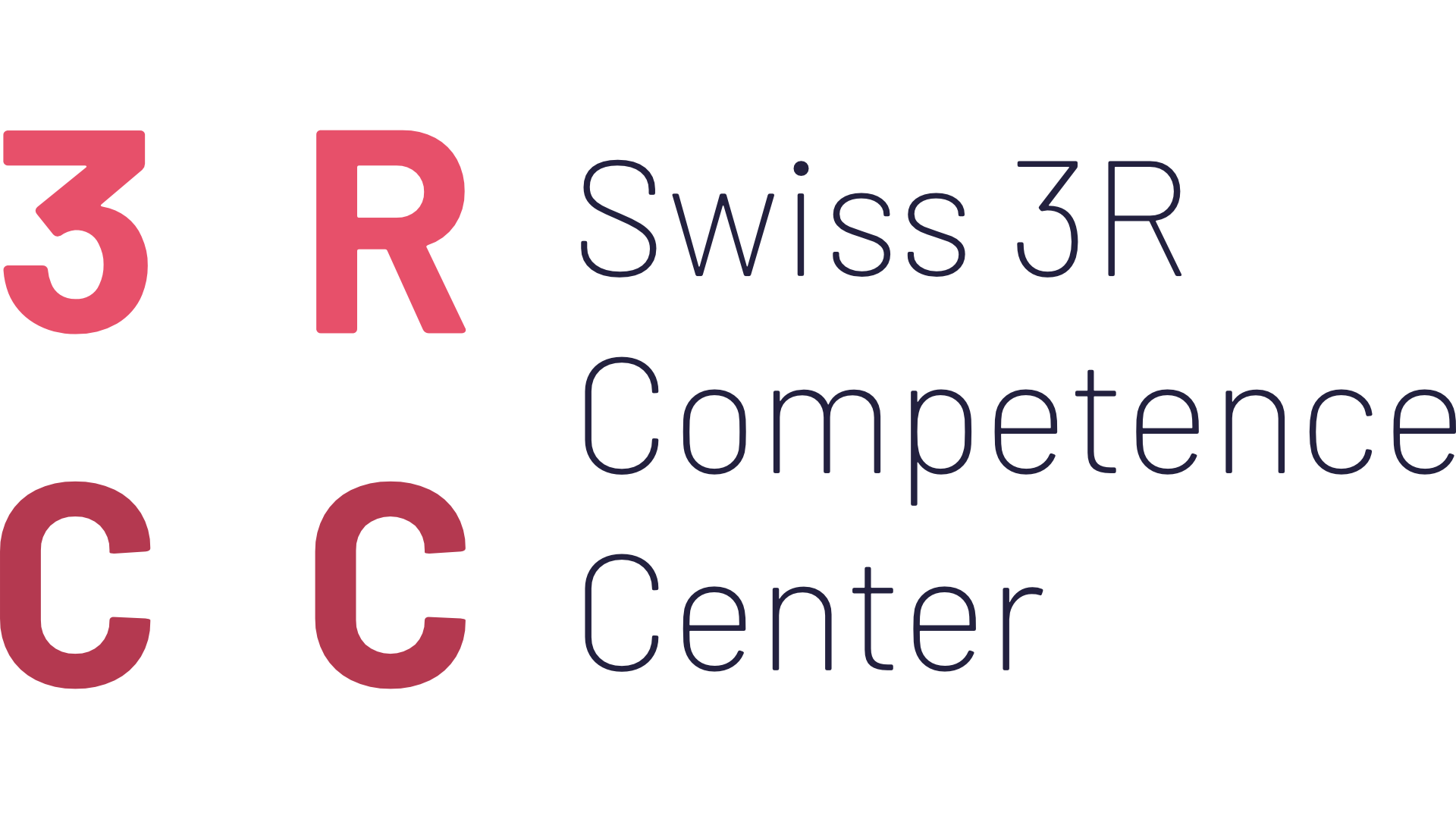HIGHLIGHTS
- All human cell types originate from a single fertilized egg. Understanding how these diverse cells emerge during development can help scientists recreate specific cell types in the lab for use in medicine, such as tissue repair and regeneration.
- Studying cell development often requires live embryonic environments. Some developmental processes rely on complex tissue interactions that only occur in living embryos, making research on model organisms essential.
- The project aims to identify shared genetic ‘switches’ across species. By using comparative genomics, researchers will pinpoint key regulators that control how specific cell types form in different animals, potentially streamlining how we grow these cells in the lab.
- The approach reduces animal use while increasing human relevance. The team will test these genetic switches in chicken embryos, avoiding the need to euthanize pregnant mammals, and helping to guide the lab-based creation of human cells more effectively.
BACKGROUND
The adult human body consists of hundreds, if not thousands, of distinct cell types. Examples include different neurons in the brain, epithelial cells lining the gut, or the cells that produce the bone or cartilage in our skeletons. During embryogenesis, all of these diverse cell types develop from a single progenitor cell: the fertilized egg. Understanding the different molecular mechanisms that orchestrate this diversification can help us re-create a particular cell type in a cell culture dish. Having access to such ‘in vitro’-generated cells would then allow researchers to use them in tissue repair and replacement strategies in human patients. What are the potential difficulties in achieving these goals? Many cell type specification processes require complex interactions with the surrounding tissue. Hence, only in the context of a developing embryo can these processes be fully understood; making the use of non-human ‘model organisms’ indispensable. This, however, raises additional questions: how can we minimize the number of experimental animals used in these studies; and how can we ensure that findings in such model organisms also translate to us humans?
AIMS
To address these challenges, here we propose to integrate comparative genomics data to define conserved ‘core regulatory switches’ that specify a given cell type across species. We will then functionally test the relevance of these candidate ‘switches’ using genetic perturbations in chicken embryos. Our experimental approach will prevent the euthanasia of any pregnant female animal while at the same time maximize its relevance for the subsequent in vitro specification of human cell types.
3Rs IMPACT
Work performed in the context of this 3RCC grant had three major goals, aimed at improving the 3Rs balance of studying the molecular determinants of cell fate decisions: First, avoid experimental duplication of previously generated data and maximize the insights potentially to be gained from them. With the publication of our “scWGCNA“ pipeline, we have contributed an important analytical tool for the streamlined and comparative re-analyses of publicly available scRNA-seq data. Indeed, judging from the traffic and requests to the GitHub page of our “scWGCNA“ package, it appears that we have catered to a so far un-met need in the community. Second, by performing the functional follow-up experiments in chicken embryos, we prevent the death of pregnant mother animals. From a model organisms’ perspective, the development of appropriate molecular and genetic toolkits – like our CRISPR/Cas9-screening platform – could certainly initiate a renaissance for the classic chicken model in developmental biology. And third, the combinatorial and high throughput nature of our CRISPR/Cas9 perturbation approach allows to screen a large number of candidate genes in a limited cohort of embryos, at high molecular and cellular resolution.
Collectively, we hope to provide an analytical and experimental workflow to maximize the 3Rs efficiency of studying conserved cell fate specification networks in vivo, with potential impacts ranging from comparative developmental biology to human regenerative medicine.

